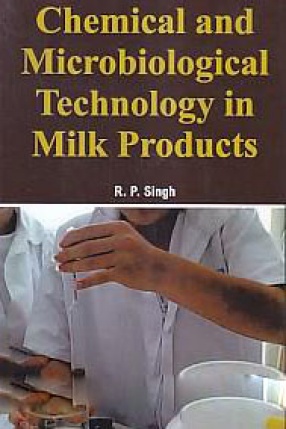Extensive water logging and salinization has occurred all over the world where large scale irrigation has been introduced without giving due attention to the drainage of the area, with the result vast area has gone out of cultivation. Agricultural drainage is the key of solution in such area. Lowering of water table can be done by improving internal drainage. Subsurface drainage is well established engineering measure to reclaim salt affected water logged lands. Design of subsurface drainage system requires basic knowledge of ground water flow and initial and boundary conditions for deriving desired solutions. The book provides basic knowledge of water movement through soil. Most common steady state as well as transient drain spacing equations have been derived giving an opportunity to the students and field engineers to understand the basics of various drain spacing equations. A number of solved examples further add understanding and application of these equations to actual field conditions. Water table fluctuations are required to relate improved drainage with crop response and also to assess the effectiveness of the drainage system installed in the area. Common water table fluctuation theories are derived and discussed with solved examples. Unsaturated hydraulic conductivity is the basic input to all the analytical drain spacing equations, field and laboratory methods have been elaborated by deriving common solutions and solved examples. One chapter is wholly devoted to drainage of sloppy lands which may be useful of researchers to get insight and select new boundary conditions for deriving a new set of solutions for more complicated flow problems. Unsolved problems are given at the end of each chapter alongwith their answers which may be useful to students and teachers from examination point of view.
Small Animals Stock Management
$60.30
$67.00





There are no reviews yet.